
Devenez membre d'Incathlab et bénéficiez d'un accès complet !
Inscription Connexion
In this highlighted case of the month, we review the approach for a femoro-popliteal in-stent reocclusion in an 86 years old female patient with multiple comorbidities, previously stented on the superficial femoral artery and popliteal arteries, presenting with severe left foot pain at rest and critical limb ischemia. Physical exam was pertinent for the absence of left popliteal pulse and a lower limb ultrasound showed an occlusion of the previously implanted stents. A CT-angiography scan showed an in-stent reocclusion of the stents.
Educational Objectives
- Plan a step-by-step approach in treating SFA in-stent reocclusion.
- Learn how and when to use Rotarex drive system.
- Discuss treatment by drug-coated balloon vs Viabahn endoprosthesis.
- Discuss bypass vs angioplasty.
Strategy
Plan A
- Right common femoral artery access and a cross-over procedure 6 Fr.
- 0.018" guidewire and support catheter.
- Thrombectomy +/- Viabahn.
Plan B
- Retrograde access/direct puncture of occluded stents.
Step-by-step procedure:
1) Access site:
- 6 Fr braided sheath from the right common femoral artery and cross-over to the left using a 0.035" Cook stiff glidewire and 6 Fr Destination 45 cm guiding sheath.
2) Step by step approach:
- Initial angiography showed severe stenosis of the ostial superficial femoral artery with occlusion of the two oversized implanted stents and a short distal occlusion of the antero-tibial artery.
- In-stent crossing was performed using a 0.018" hydrophilic Advantage glidewire followed by a 0.018" Navicross support catheter.
- Over-the-wire rotational thrombectomy was then performed using a Rotarex drive system.
- Predilatation intra-stent and of the ostial superficial femoral artery was performed using a 4.0 mm balloon followed by PTA using 3 drug coated balloons of 5.0 mm.
- Angiographic control showed >50% residual stenosis at the stent overlap level treated by a further dilation using a high pressure 6.0 mm Mustang balloon inflated to 26 atm.
- The final angiographic outcome showed <30% residual stenosis and a clear dorsalis pedis pulse was noted.
- Closure of access site using a femoseal was undertaken.

Bibliography
Dernière mise à jour : 17/04/2024
Our Cases of the Month
The case of the month is a new way for our users to watch, learn, and share with incathlab. They can watch a video that highlights an innovative case and uses excellent pedagogical techniques, lear...

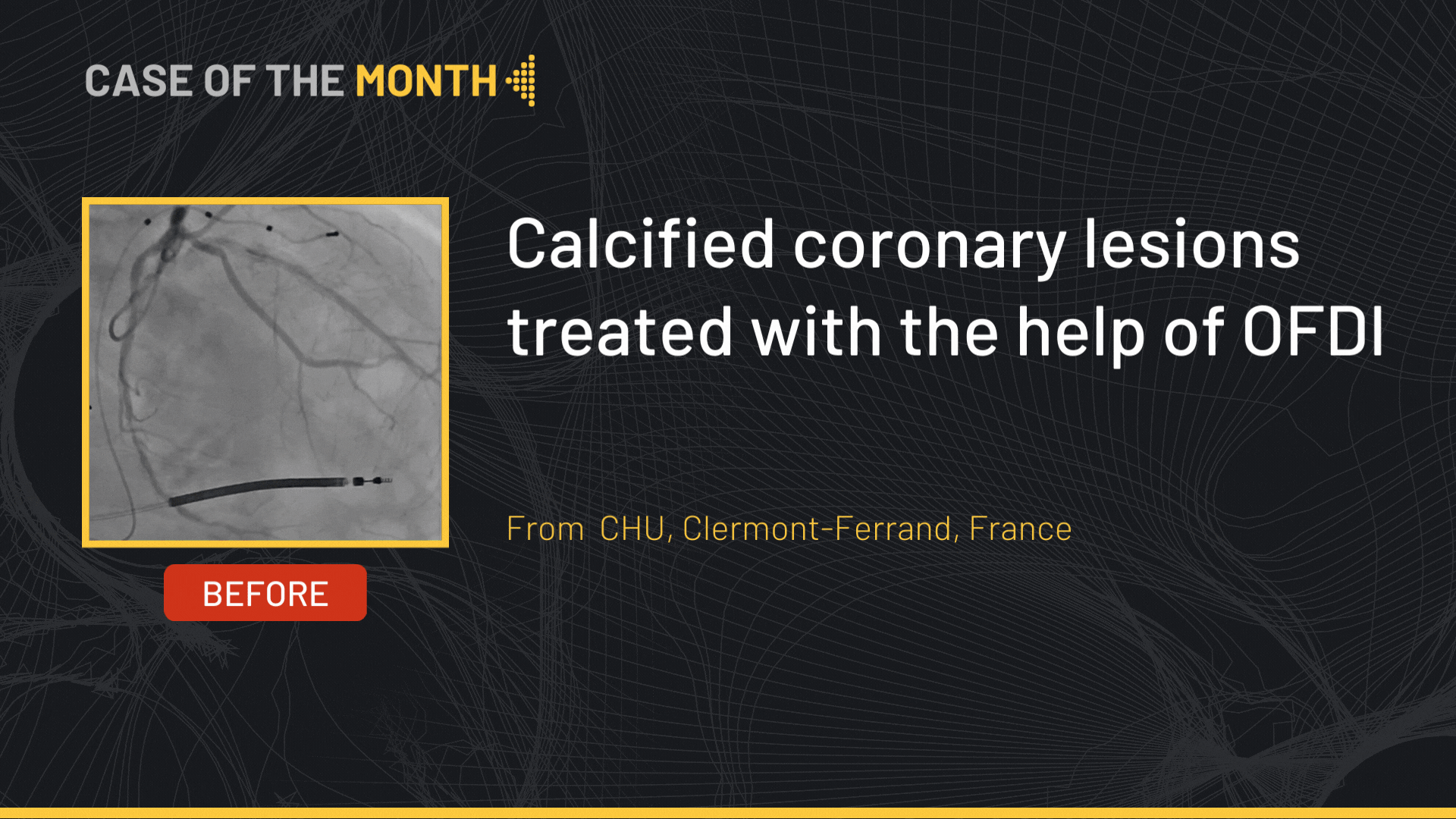

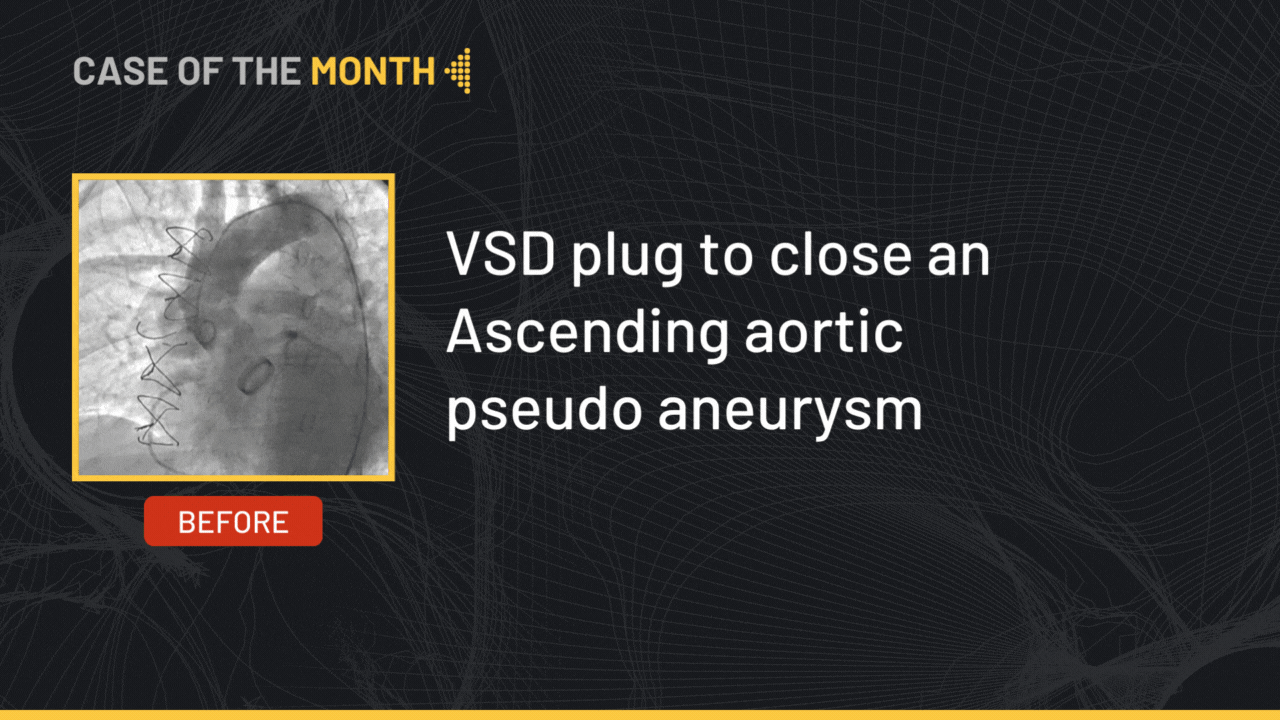
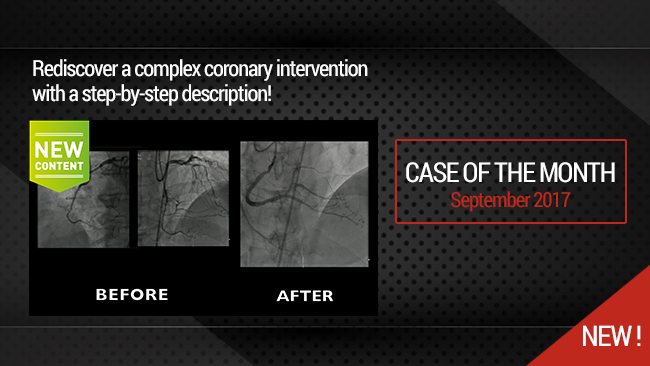

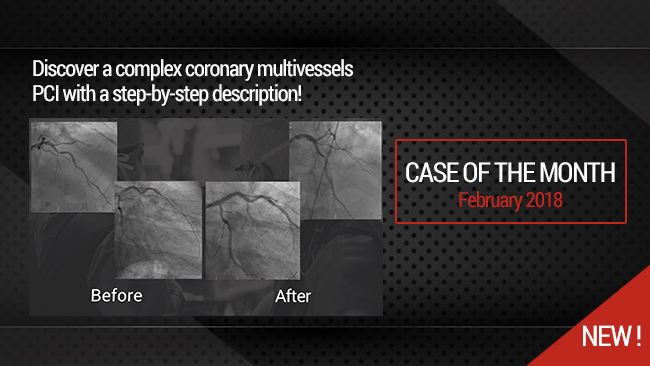
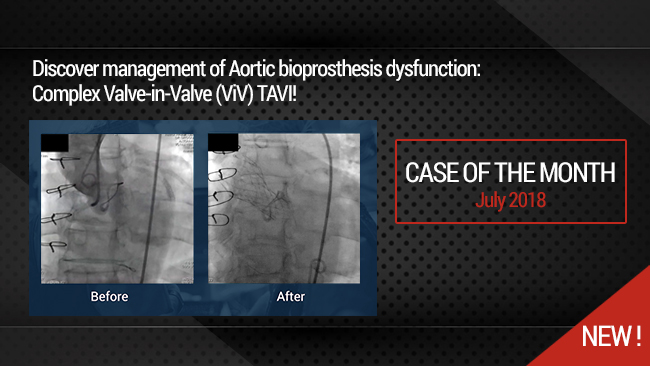
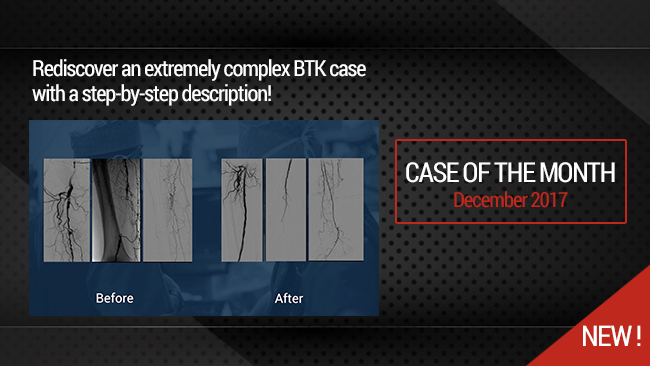
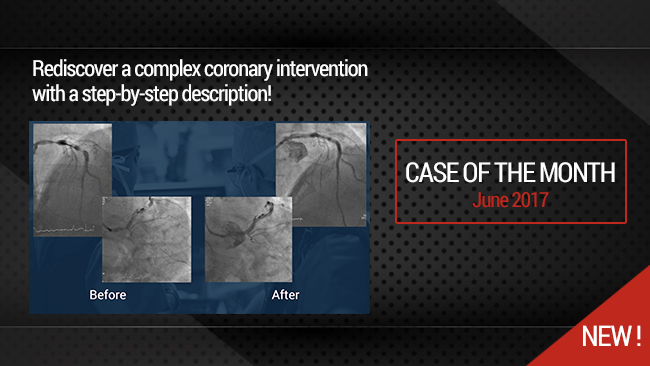
khalid S. Suppose the occluded stent is extending to P2, p3 segment, what to do in this situation, up to where we could land the viaban stent graft